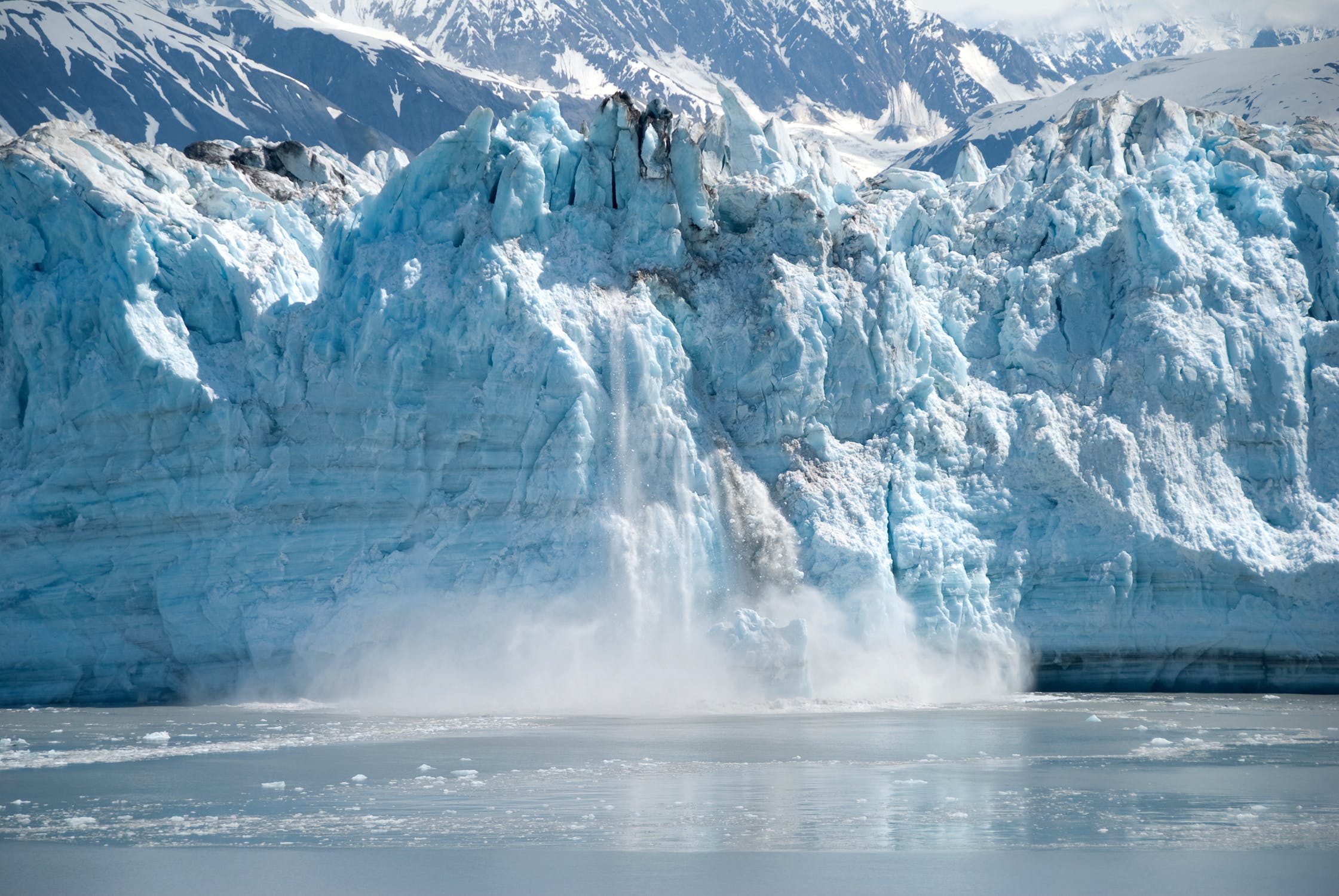It is estimated that the sea levels will have risen an extra 17 centimetres by 2100 as a result of Greenland and Antarctica losing ice faster than in the 1990’s.
Findings, published in Nature, show that Greenland and Antarctica lost 6.4 trillion tonnes of ice between 1992 and 2017 – pushing global sea levels up by 17.8 millimetres. Of the total sea level increase, 10.6 millimetres (60%) was due to the Greenland ice losses, and 7.2 millimetres (40%) was due to Antarctica.
The Ice Sheet Mass Balance Intercomparison Exercise (IMBIE) team has combined 26 different surveys to figure the ice sheet of Greenland and Antarctica between 1992 and 2018. There is also a team of 89 polar scientists with 11 satellites that are contributing to the investigation.
Nearly all of the ice lost from Antarctica, together with half of that from Greenland – has been triggered by oceans melting their outlet glaciers, which causes them to speed up. The remainder of Greenland’s ice losses are caused by rising air temperature, which has melted the ice sheet at its surface.
Based on the Fifth Assessment Report, the Intergovernmental Panel on Climate Change (IPCC) estimated that around 360 million people will face the risk of annual coastal flooding, as a result of global sea level that is expected to rise 53 centimeters by 2100.
However, the IMBIE Team’s studies shows the losses of ice from both Antarctica and Greenland are rising faster than expected. In fact, the combined rate of ice loss has risen nearly six times from 81 billion tonnes per year in the 1990’s to 475 billion tonnes per year in the 2010’s, while during the heatwave in the summer of 2019 set a new record for polar ice sheet loss, resulting in five times and seven times faster than they were in the 1990’s, respectively.
Professor Andrew Shepherd at the University of Leeds, who led the assessment with Dr Erik Ivins, said:
“Every centimetre of sea level rise leads to coastal flooding and coastal erosion, disrupting people’s lives around the planet. This would mean 400 million people are at risk of annual coastal flooding by 2100. Meanwhile, these are not unlikely events with small impacts, they are already underway and will be devastating for coastal communities.”

